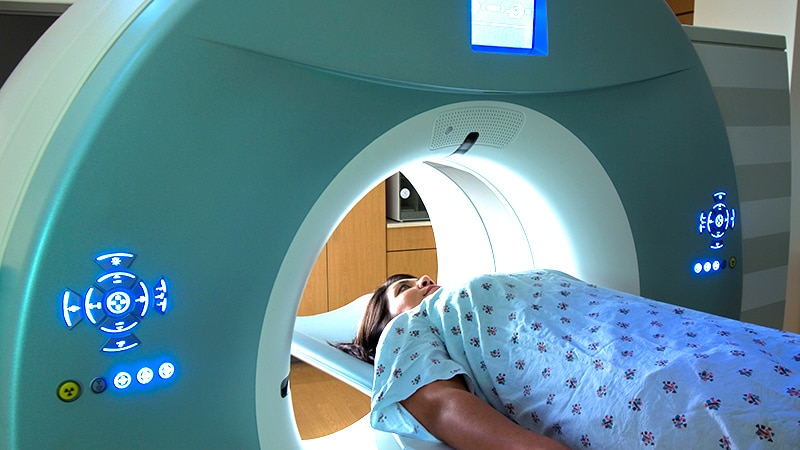Takeaway
- Transperineal ultrasound-guided (TPUS) prostate biopsy is safer than transrectal ultrasound-guided (TRUS) prostate biopsy, with no infection complications and a similar prostate cancer detection rate.
Why this matters
- The rate of post-TRUS biopsy sepsis is rising worldwide.
Study design
- Researchers studied the health records of patients who underwent either TPUS prostate biopsy (n=100; mean age, 67.7±6.2 years) or TRUS prostate biopsy (n=100; mean age, 69.1±8.2 years), comparing prebiopsy patient parameters, pathological results, and 30-day complication and readmission rates between groups.
- Funding: None.
Key results
- Researchers found similar cancer detection rates for the TPUS group (35%) and TRUS group (25%; both P=.123), even after stratification by PSA density and clinical staging.
- No patients in either group showed clinical signs of sepsis, but 4% in the TRUS group developed fever requiring hospital readmission for intravenous antibiotic treatment (P=.121).
Limitations
- The study was retrospective and single center, with a small sample size.
- All patients had 10 cores taken regardless of biopsy technique or prostate size, which may have reduced cancer detection rates in those with larger prostates.
References
References



